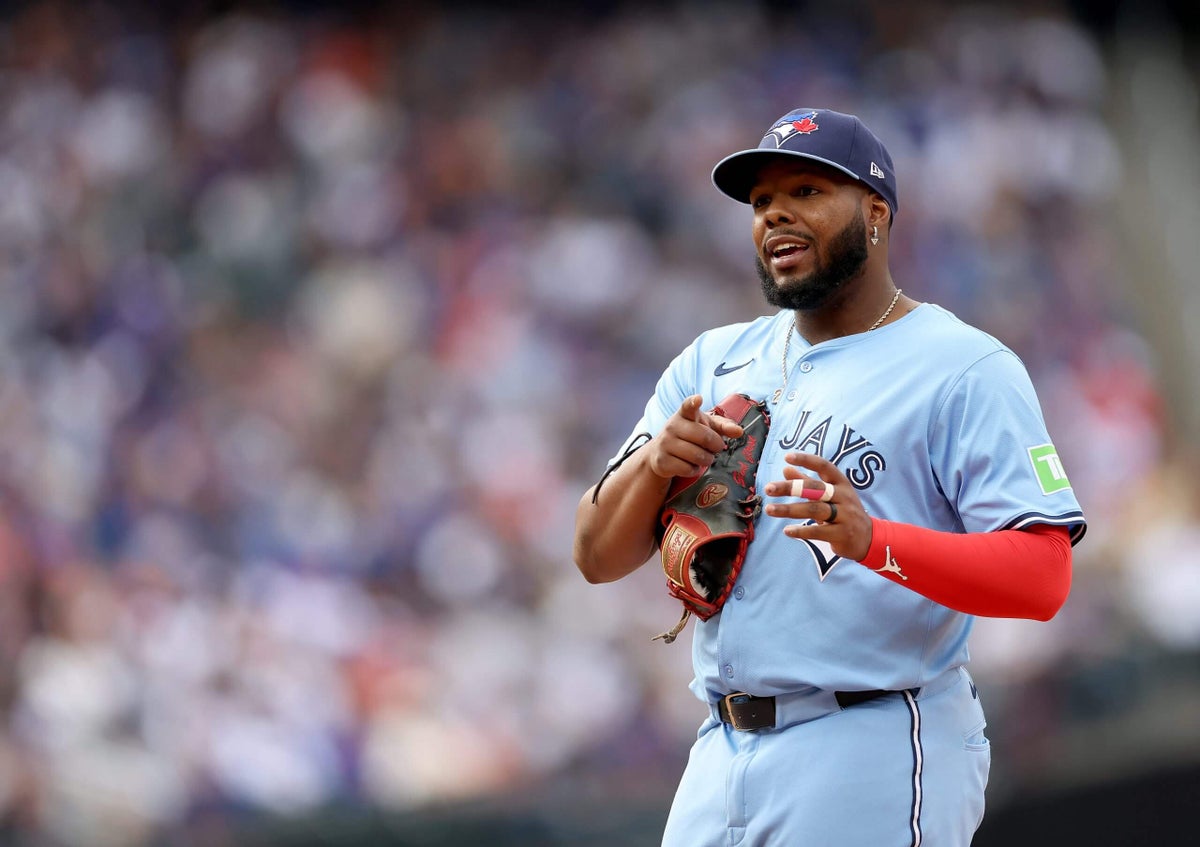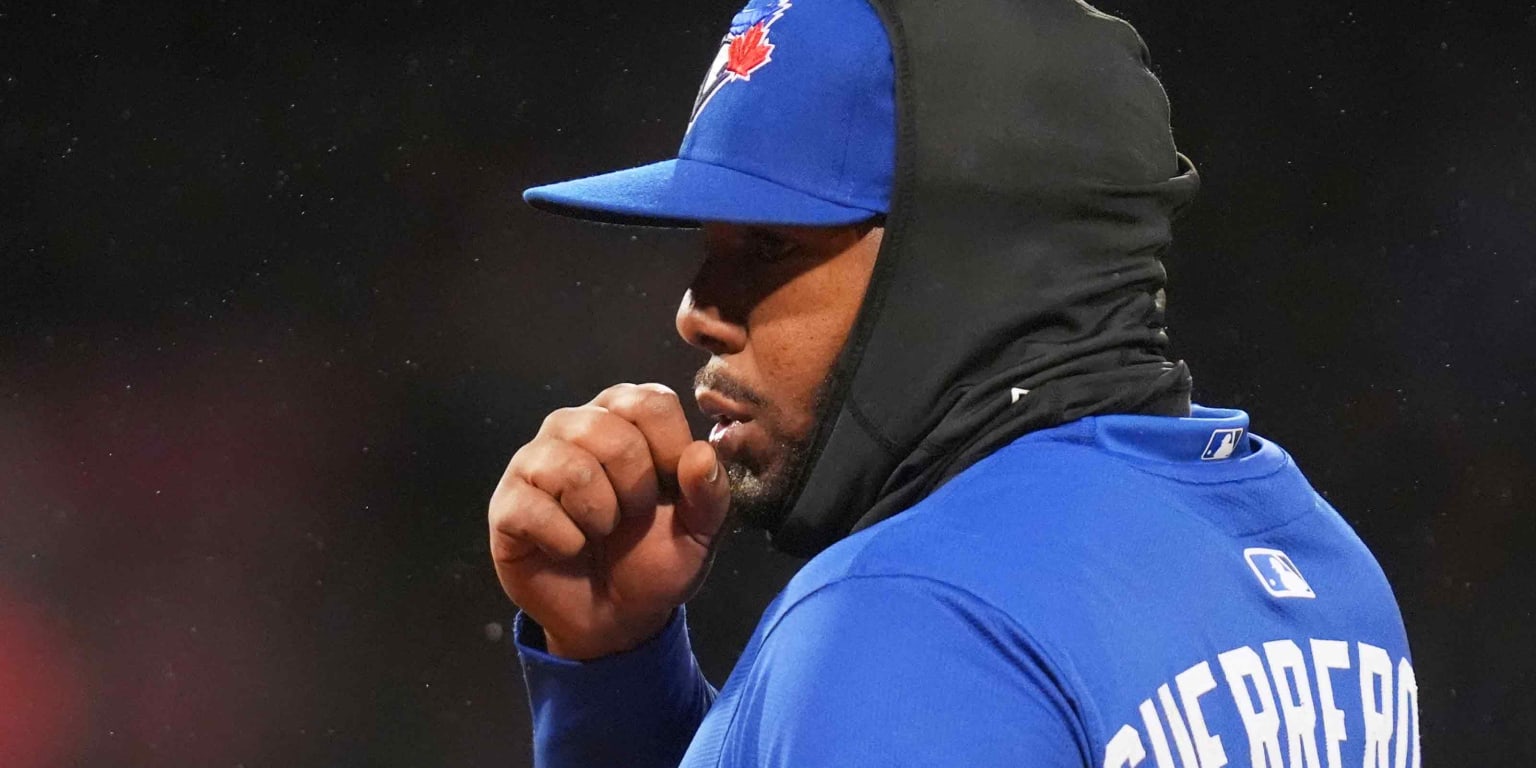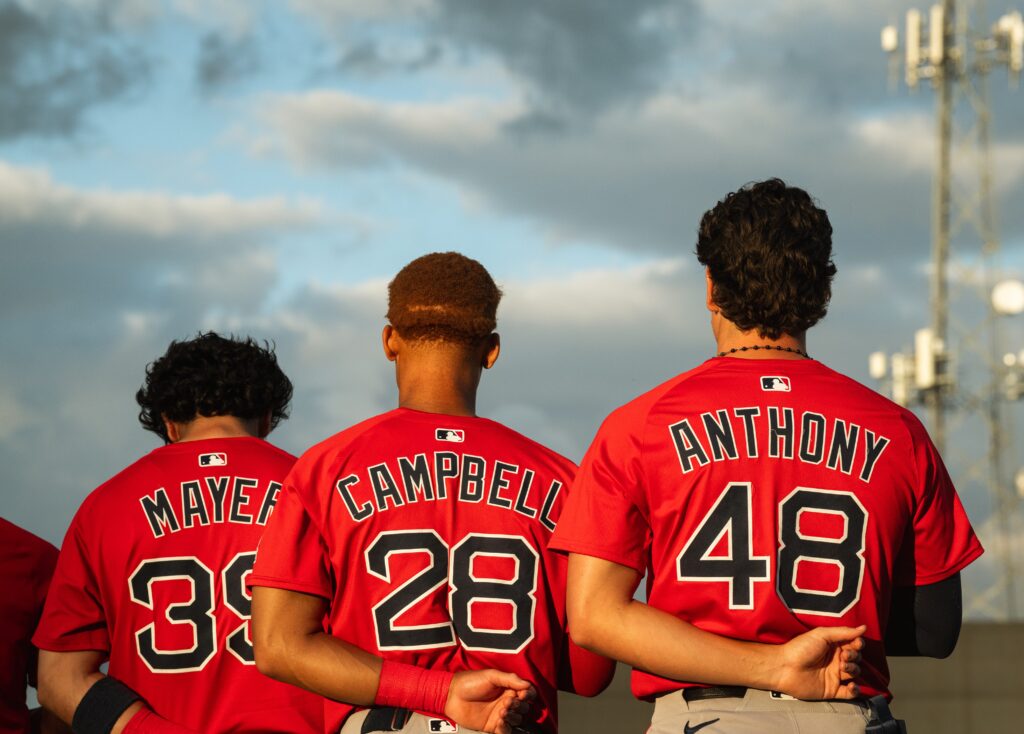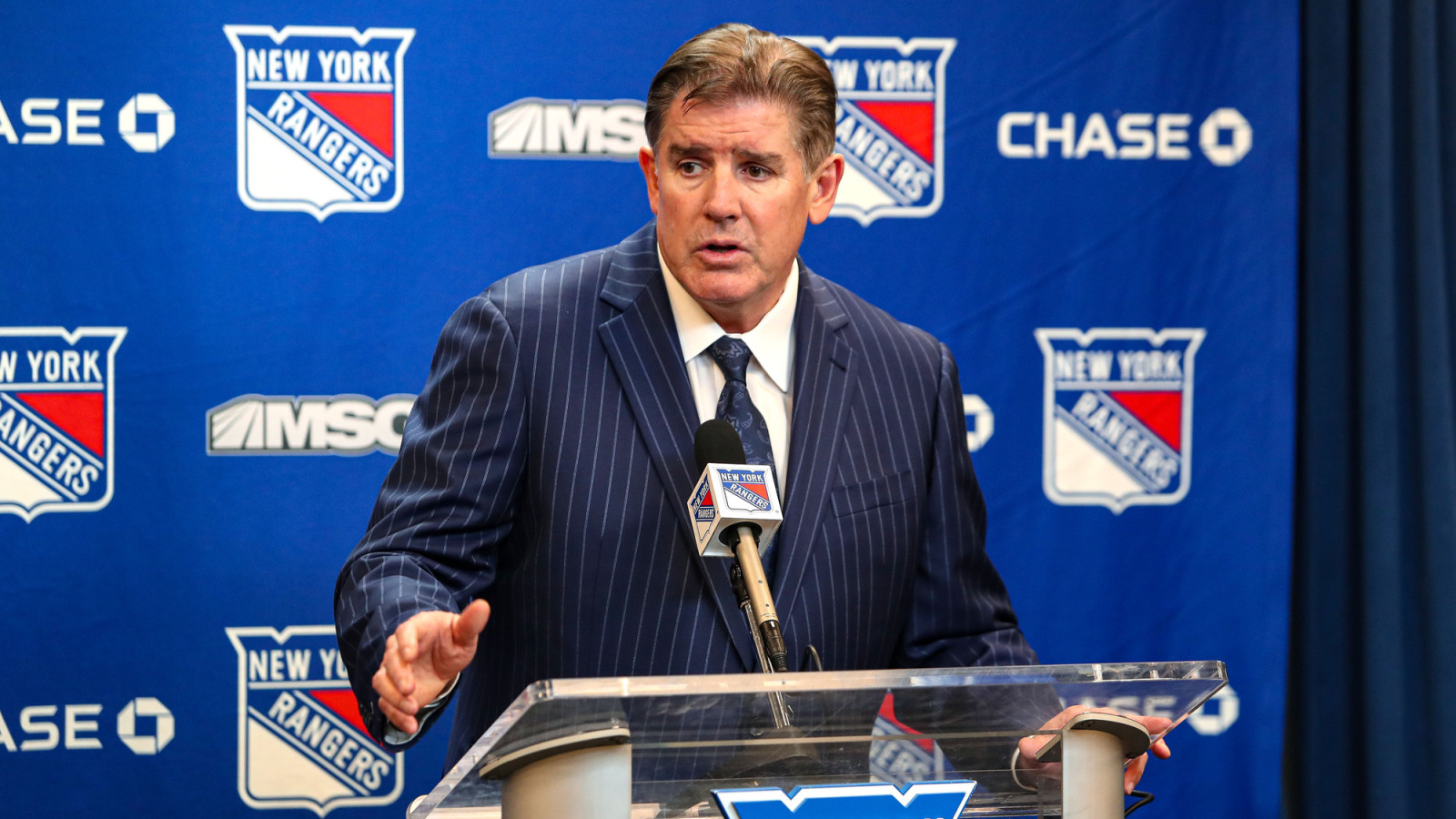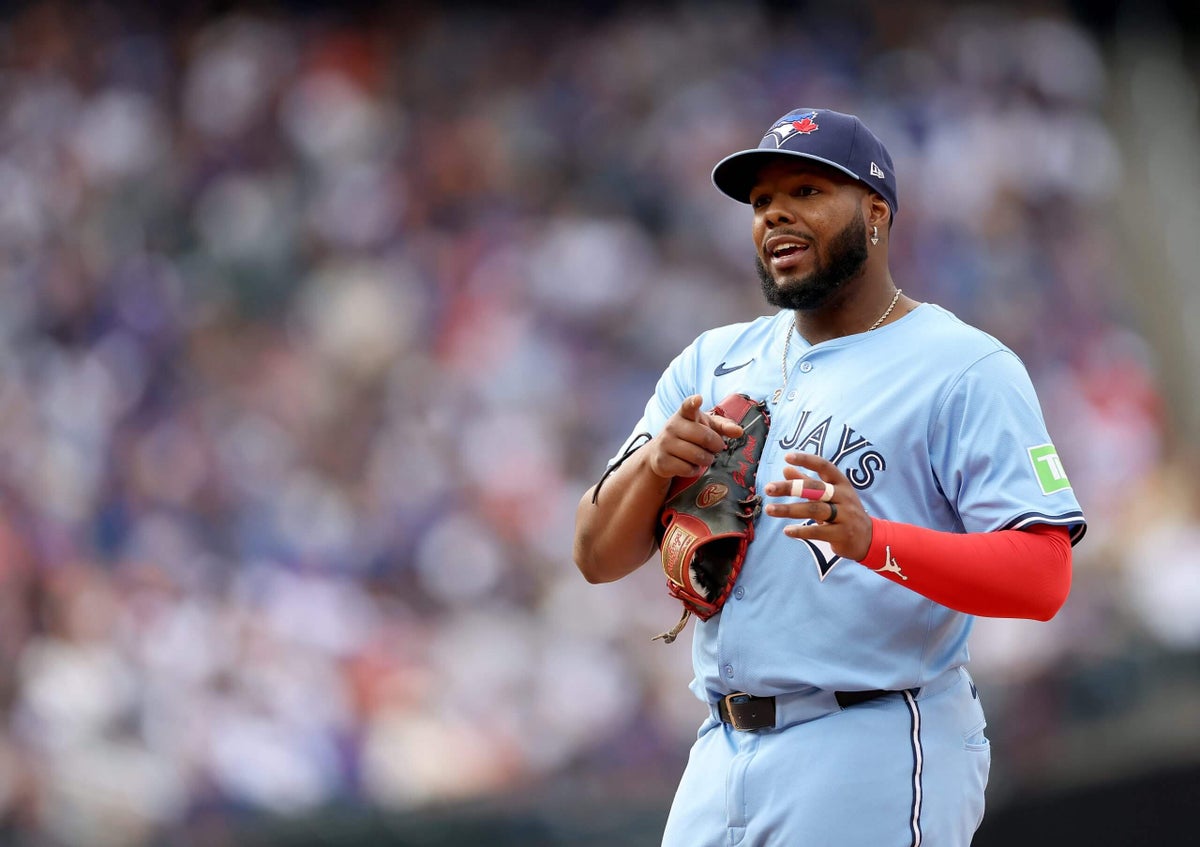
For the better part of a year, if not longer, the Toronto Blue Jays appeared to be spinning their wheels, caught in a traffic jam of their own making. Would they keep first baseman Vladimir Guerrero Jr. and shortstop Bo Bichette? Should they trade one or both and retool? How much would the franchise be damaged if both departed as free agents and the team received only draft picks in return?
Advertisement
The Jays remained adamant about trying to win now, indicating they would worry about the future later. Their approach seems more logical, their path much clearer, now that they’ve signed Guerrero to a 14-year, $500 million extension. The stunning commitment by the team’s ownership, Rogers Communications, should put the Jays in better position to attract free agents. But so many questions remain.
About the future of Bichette. The job security of team president Mark Shapiro and general manager Ross Atkins. The short-term urgency to win so the front office might remain intact. The long-term need to keep spending on free agents with The Athletic’s Keith Law ranking the Jays’ farm system the seventh-worst in the sport.
Good thing Rogers is a financial behemoth. The Jays are carrying the game’s fifth-highest payroll. Their estimated $275 million luxury tax payroll is above the second-highest threshold. An aggressive push at the trade deadline could take them above the third. Don’t rule it out, with jobs on the line.
Shapiro is signed through 2025, Atkins through 2026. This is their 10th season together in Toronto. And while Rogers is more detached than most ownerships, some in the organization are expressing concern to rival peers that the Jays will need to reach the postseason to avoid a major front-office overhaul.
The Jays haven’t won a playoff game since their first full season under Shapiro and Atkins, when the team’s roster consisted mostly of holdovers from the previous general manager, Alex Anthopoulos. The front office duo’s dawdling with Guerrero over the years cost the franchise countless millions and cachet with free agents. And outside of Guerrero, 26, and Bichette, 27, it’s not as though the team is bursting with electric position talent.
A push to retain Bichette, another homegrown star, would seem a logical next step. Bichette told Sportsnet’s Hazel Mae on Monday that his goal since he was a kid was to be with one organization his entire career, and that he wanted to build a winning culture with Guerrero. But he added, “nothing’s on the table right now.”
Advertisement
After taking all this time to complete a deal with Guerrero, it’s difficult to imagine the Jays getting one done with Bichette before he becomes a free agent, even as Atkins maintains the team has interest. Bichette, coming off an injury-marred, subpar season, is off to a decent start. But some teams question his defense at shortstop, and most high-payroll clubs are set at the position.
Bichette could enhance his market if he were willing to move to another spot. But if the Jays play this out, perhaps they could reunite with him the way the New York Mets did with first baseman Pete Alonso. Otherwise, they could slide Andrés Giménez from second base to short and use some combination of Will Wagner, Orelvis Martinez and Ernie Clement at second.
Either way, at least now the Jays have something resembling a core. Closer Jeff Hoffman is signed through 2027 and right-hander José Berríos through 2028, though Berríos can opt after next season. Giménez and outfielder Anthony Santander are under contract through 2029 with club options for ‘30. Catcher Alejandro Kirk is signed through ‘30, Guerrero through 2039.
Money should not be an issue for Rogers, which before Guerrero freely pursued Shohei Ohtani, Juan Soto and other high-priced free agents. Bichette, righties Chris Bassitt and Max Scherzer and reliever Chad Green come off the payroll at the end of the season, clearing about $65 million. Outfielder George Springer, righty Kevin Gausman and reliever Yimi García are up after 2026, clearing about $55 million more.
The trick for the Jays will be finding players to take their cash. The team has not completely struck out on free agents in recent years. But consider their two biggest investments this past offseason. Santander, seemingly lacking better options, accepted a heavily deferred deal. Hoffman turned to the Jays only after the Atlanta Braves and Baltimore Orioles raised issues with his medicals.
Advertisement
For those who spurned the Blue Jays, the uncertainty surrounding the franchise appeared to be the biggest stumbling block. In years when the team was more competitive, free agents were happy to play in Toronto. Over the years, the Jays’ free-agent signees included Roger Clemens and Hall of Famers Jack Morris, Dave Winfield, Paul Molitor and Frank Thomas.
Current players, though, were right to ask, “Where is this team going?” Ohtani and Soto landed where most predicted, but signing Guerrero sooner perhaps would have given the Jays a better shot at other prominent free agents. Atkins, speaking to reporters on Wednesday, sounded hopeful such players will now look at the Jays differently, knowing Guerrero is now set as the long-term face of the franchise.
“He’s meaningful to his teammates, the players that are here, and . . . Anthony Santander and Max Scherzer and players that we were recruiting in free agency,” Atkins said. “Even as we acquired Andrés Giménez, all wanted to know, will Vladdy and Bo and (Daulton Varsho) and Kirky be here? So, I think (Guerrero) will continue to be attractive to all the stakeholders and players that we’ll be recruiting in the future.”
A change in the front office still might occur. Improving the farm system is a must. But at least the Jays are no longer operating without a navigation system. With the signing of Guerrero, they’ve finally picked a lane.
(Photo: Elsa / Getty Images)
